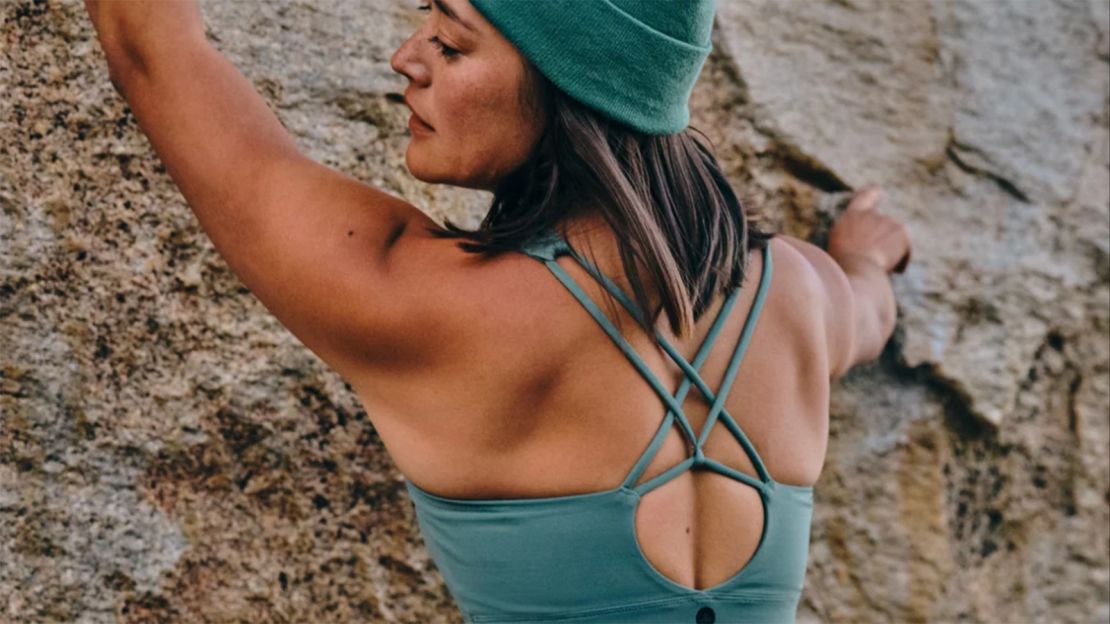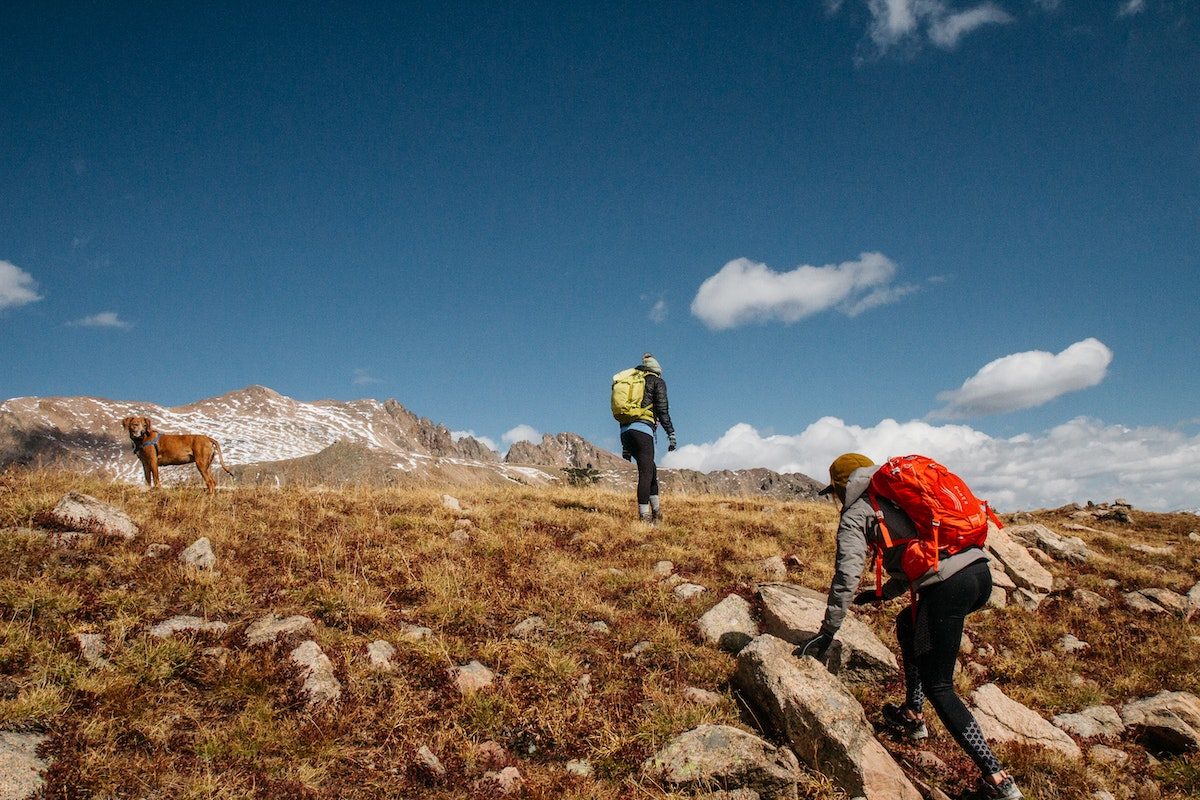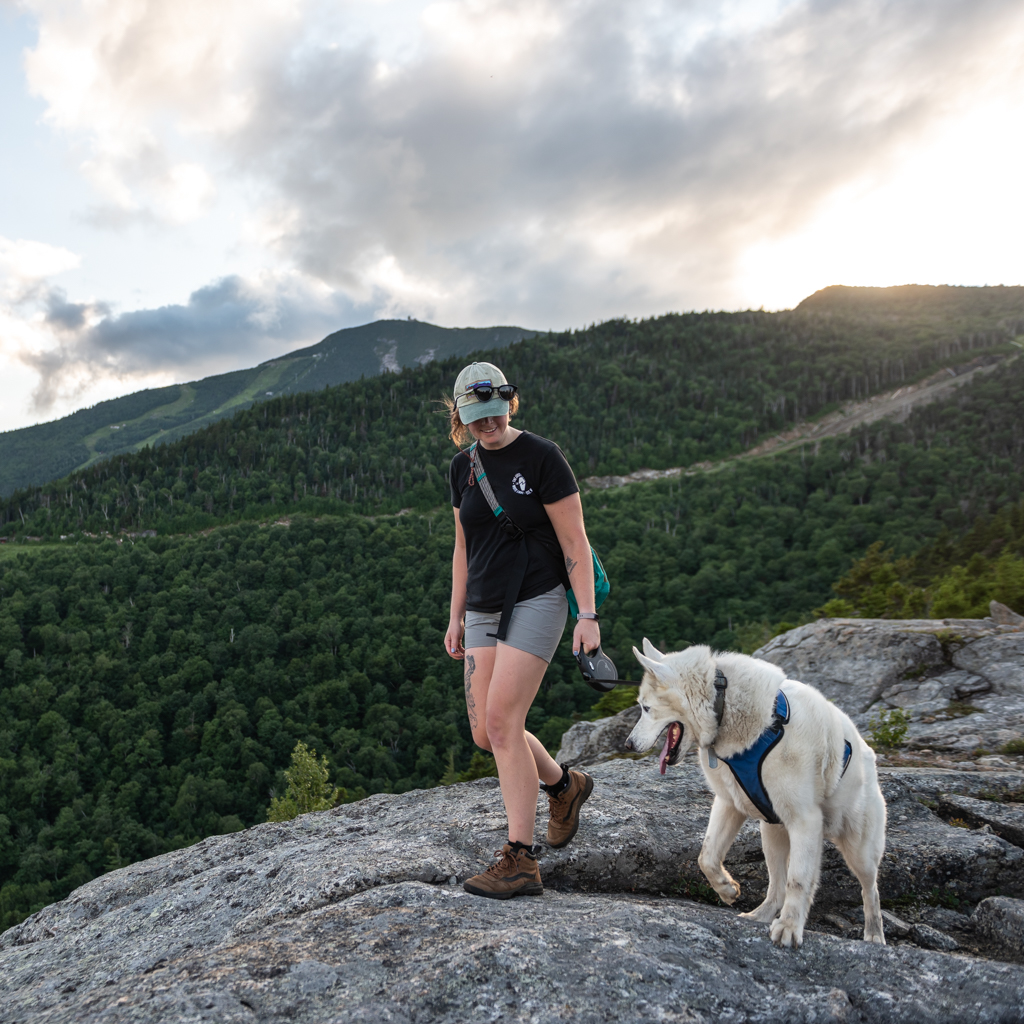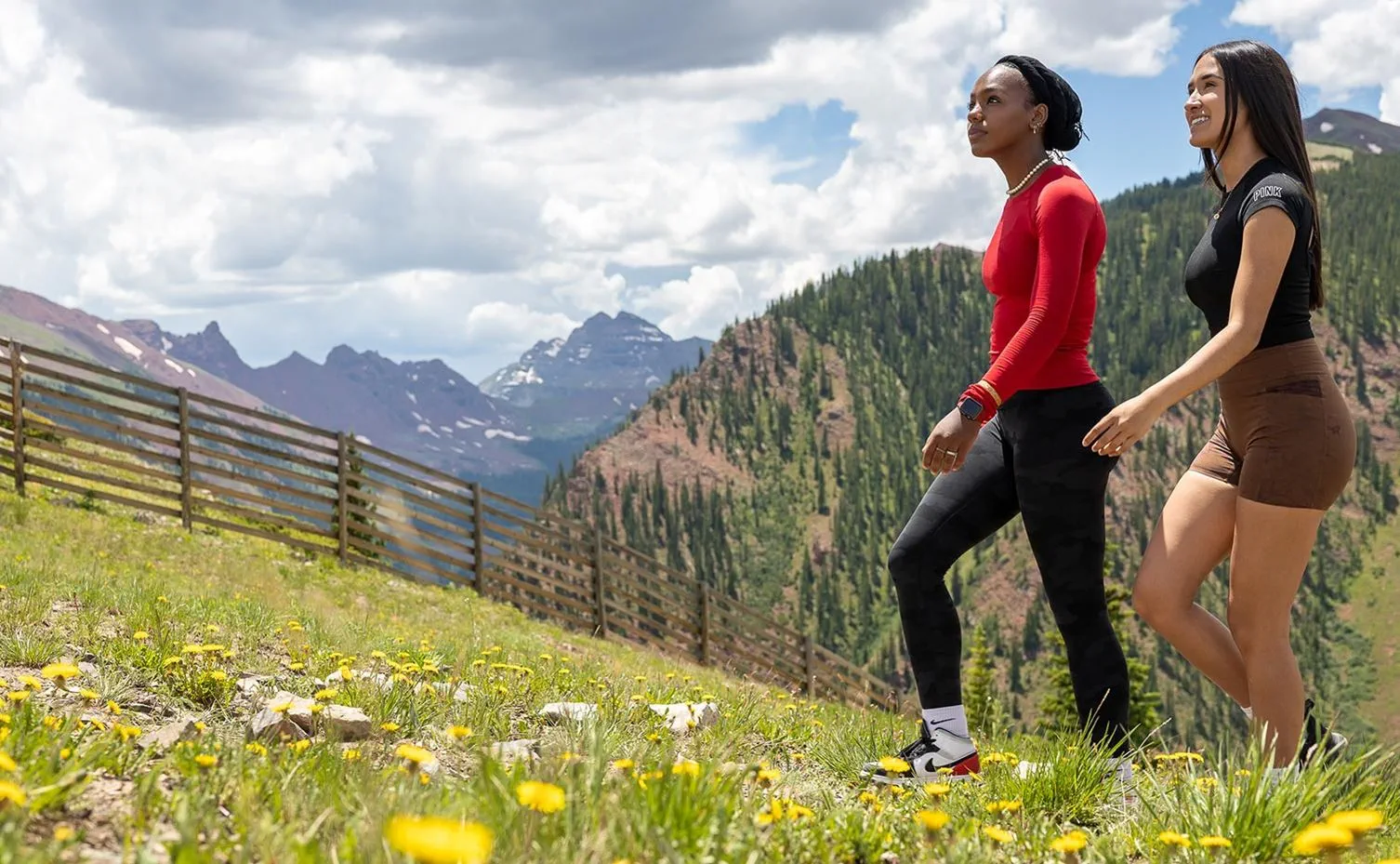I. Introduction

A. Importance of comfortable and functional underwear for hiking
When embarking on a hiking adventure, it is crucial to have the right gear that not only enhances your comfort but also supports your body during intense physical activity. While most hikers focus on selecting the perfect pair of boots and breathable clothing, the importance of choosing the right underwear is often overlooked. However, hiking underwear plays a significant role in ensuring comfort, preventing chafing, and maintaining proper hygiene during long hikes. This article will provide an overview of the factors to consider when choosing hiking underwear, including material and construction, as well as fit and design.
II. Material and Construction
A. Consideration of moisture-wicking properties
One of the key factors to consider when choosing hiking underwear is its moisture-wicking properties. Moisture-wicking fabrics are designed to pull sweat away from your skin to the outer surface of the fabric, where it can evaporate quickly. This helps to keep you dry and comfortable, even during intense physical activity. When hiking, it is essential to stay dry to prevent discomfort, chafing, and even skin irritation.
Benefits of moisture-wicking fabrics for hiking
Moisture-wicking fabrics offer several benefits for hikers. Firstly, they help to regulate body temperature by removing moisture from the skin, keeping you cool during hot weather and preventing the accumulation of sweat. Secondly, by keeping you dry, moisture-wicking fabrics prevent the growth of bacteria, which can cause unpleasant odors and skin infections. Lastly, these fabrics dry quickly, making them ideal for multi-day hiking trips where access to laundry facilities may be limited.
Evaluating different material options (e.g., polyester, merino wool)
When it comes to moisture-wicking materials, polyester and merino wool are two popular options for hiking underwear. Polyester is a synthetic fabric known for its excellent moisture-wicking properties. It is lightweight, durable, and quick-drying, making it ideal for hiking in various weather conditions.
On the other hand, merino wool is a natural fiber renowned for its moisture-wicking abilities. It effectively absorbs moisture and releases it into the atmosphere, keeping you dry and comfortable. Merino wool also has the added benefit of being odor-resistant, making it a great choice for hikers who prioritize hygiene during long adventures.
B. Choosing durable and quick-drying underwear

In addition to moisture-wicking properties, durability and quick-drying capabilities are crucial factors to consider when selecting hiking underwear.
Importance of durability for extended hiking trips
Durability is key when it comes to hiking underwear, especially for those embarking on extended trips. Hiking underwear that can withstand the rigors of the trail will last longer, providing you with comfort and support throughout your journey. Look for underwear made from high-quality materials, reinforced stitching, and durable construction that can withstand frequent washing and wear.
Quick-drying properties for improved comfort and hygiene
Quick-drying underwear is essential for hikers, as it allows for faster evaporation of moisture, keeping you comfortable and preventing chafing. When hiking in wet conditions or during activities that involve crossing rivers or encountering heavy rain, quick-drying underwear is essential for maintaining hygiene and preventing discomfort caused by damp clothing.
III. Fit and Design
A. Prioritizing the right fit for optimal comfort

The fit of your hiking underwear is crucial for optimal comfort and to prevent chafing and discomfort during long hikes. It is important to prioritize proper sizing and choose underwear that fits snugly but not too tight.
Importance of proper sizing and avoiding chafing
Improperly fitting underwear can lead to chafing, particularly in areas where friction is common, such as the inner thighs and groin. Chafing can cause painful rashes and irritate the skin, making your hiking experience uncomfortable and potentially limiting your ability to continue hiking. Therefore, always measure yourself accurately and choose underwear that offers a comfortable, supportive fit.
Evaluating various styles (e.g., briefs, boxers, boxer briefs)
Choosing the right underwear style is a matter of personal preference. Briefs offer a snug and supportive fit, making them an excellent choice for hikers who prefer a more secure feel. Boxers, on the other hand, provide a looser fit and more freedom of movement. Boxer briefs combine the best of both worlds, offering support and coverage while still allowing for comfort and flexibility.
B. Assessing the design features for enhanced performance
When selecting hiking underwear, consider the design features that can enhance performance and overall comfort.
Seamless construction for reduced friction
Look for hiking underwear with seamless construction to minimize friction and prevent chafing. Seamless designs eliminate uncomfortable seams that can rub against your skin during long hikes, reducing the chances of irritation and discomfort.
Supportive waistbands and leg openings
Hiking underwear with supportive waistbands and leg openings can provide added comfort and prevent the underwear from riding up or slipping down during intense physical activity. A secure fit ensures that the underwear stays in place, reducing the need for frequent adjustments and distractions while hiking.
IV. Odor Control and Hygiene

A. Considering antimicrobial and odor-resistant properties
When hiking for long periods, odor control becomes a crucial aspect of choosing the right hiking underwear. Antimicrobial and odor-resistant properties help prevent odor buildup, keeping you fresh throughout your hike. These technologies work by inhibiting the growth of bacteria that can cause odor. It’s important to look for brands and options that offer these features.
B. Easy maintenance and washing recommendations
In addition to odor control, easy maintenance and proper washing techniques are essential for maintaining the odor control properties of your hiking underwear. Opt for easy care and quick-drying fabrics that allow for hassle-free washing and drying. Follow the manufacturer’s guidelines for washing, which may include using gentle detergents and avoiding bleach or fabric softeners.
V. Comfort and Mobility
A. Seamless construction for reduced irritation Seamless construction is highly preferred for hiking underwear as it minimizes irritations and chafing. Seamless underwear lacks bulky seams that can rub against your skin, resulting in discomfort during long hikes. Look for underwear with flatlock seams, which are engineered to lie flat against your body, providing a smooth and irritation-free experience.
B. Evaluating additional features for enhanced comfort When selecting hiking underwear, consider additional features that enhance comfort and mobility. Moisture-wicking gussets help keep you dry by efficiently transferring moisture away from your body. Ventilation panels allow for increased airflow, reducing sweat buildup. Opt for underwear with a stretchable and flexible design to ensure unrestricted movement during your hike.
VI. Price and Value
A. Balancing quality and cost-effectiveness While price is an important aspect to consider, it should not be the sole determining factor in choosing hiking underwear. It’s essential to strike a balance between quality and cost-effectiveness. Investing in good quality hiking underwear ensures durability, comfort, and long-lasting odor control. Consider the overall value you will be getting from the underwear in terms of its performance, durability, and comfort.
B. Comparing prices and value among different brands To find the best-priced hiking underwear without compromising on quality, compare prices and value among different brands. Consider factors such as material, construction, features, and performance. Read customer reviews and ratings to get a better understanding of the quality and value offered by each brand. Keep in mind that investing in higher-quality, more durable underwear may save you money in the long run.
Conclusion
When choosing hiking underwear, it’s important to prioritize odor control, hygiene, comfort, mobility, and cost-effectiveness. Look for underwear with antimicrobial and odor-resistant properties to prevent odor buildup during long hikes. Follow proper washing techniques to maintain the odor control properties of your underwear. Seek seamless construction, flatlock seams, and additional features like moisture-wicking gussets and ventilation panels for enhanced comfort and mobility. Balancing quality and cost while considering the value offered by different brands will help you find the best hiking underwear for your needs.

